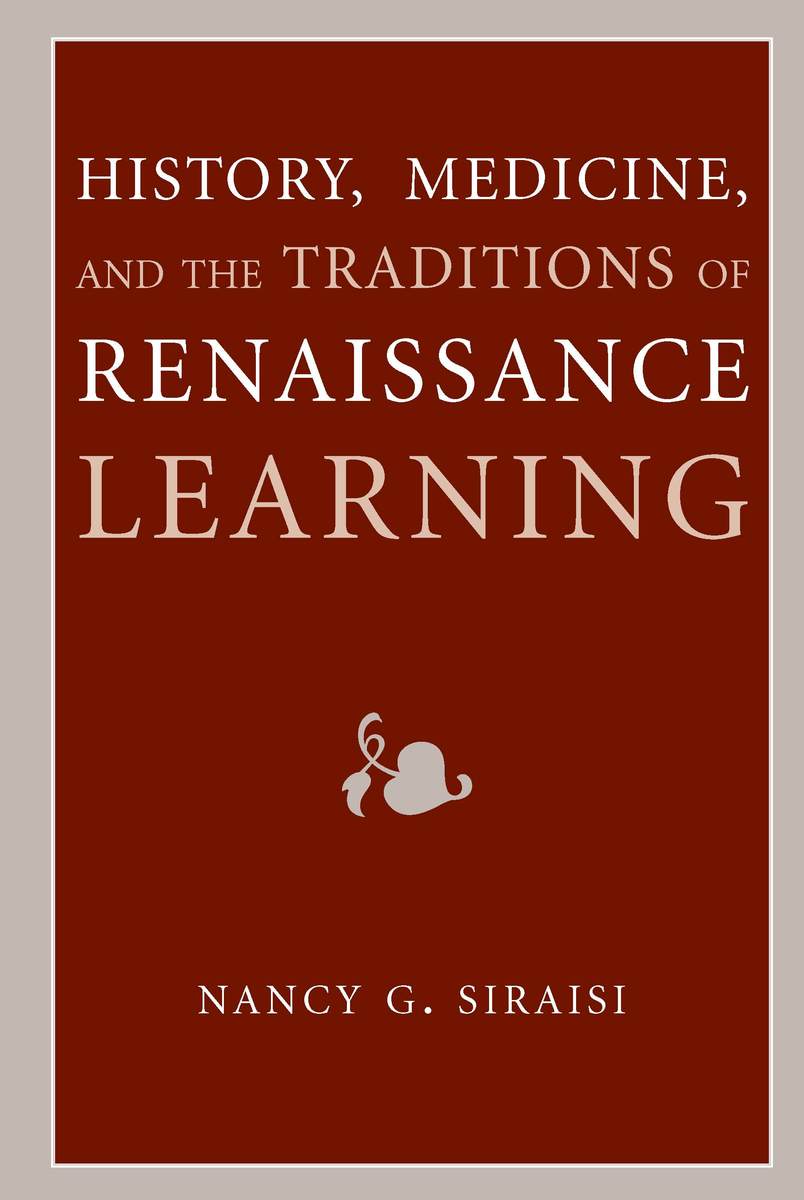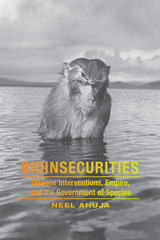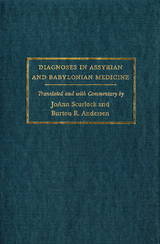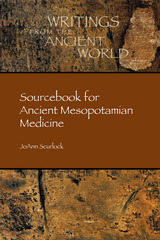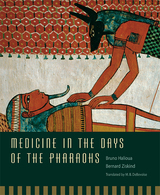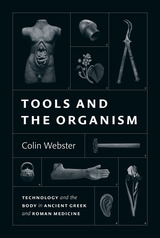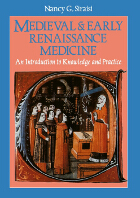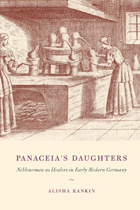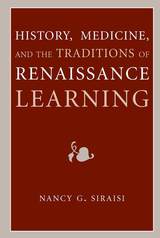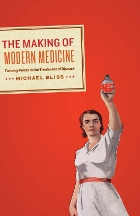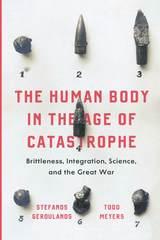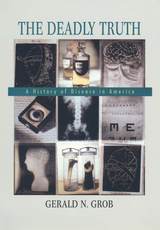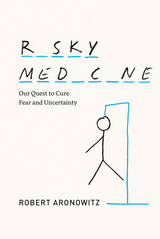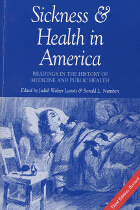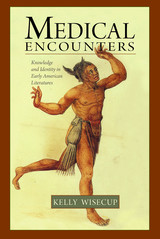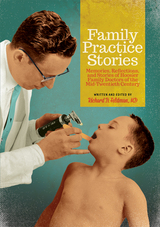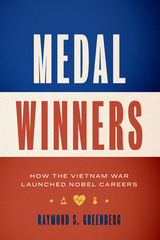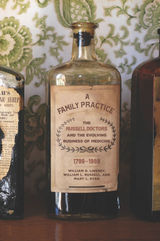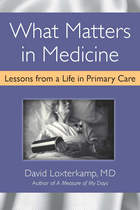eISBN: 978-0-472-02548-0 | Paper: 978-0-472-03746-9 | Cloth: 978-0-472-11602-7
Library of Congress Classification R146.S57 2008
Dewey Decimal Classification 610.9
A path-breaking work at last available in paper, History, Medicine, and the Traditions of Renaissance Learning is Nancy G. Siraisi’s examination of the intersections of medically trained authors and history from 1450 to 1650. Rather than studying medicine and history as separate traditions, Siraisi calls attention to their mutual interaction in the rapidly changing world of Renaissance erudition. With remarkably detailed scholarship, Siraisi investigates doctors’ efforts to explore the legacies handed down to them from ancient medical and anatomical writings.
See other books on: 16th century | Medicine | Renaissance Learning | Siraisi, Nancy G. | Traditions
See other titles from University of Michigan Press
